How to Clean Stainless Steel Pans Properly

By Marilyn Syarto
Stainless steel pans look exquisite, especially when they’re hanging from a beautiful pot rack. Stainless pans also cook food in high temperatures excellently, which can lead to a pretty messy clean-up afterward.
But learning how to clean your stainless steel pans will keep them looking stunning and nearly new for years to come. The good news: It’s tough to ruin a stainless steel pan no matter how bad the burnt parts look. The sort of bad news: Restoring the pans takes a lot of elbow grease and/or soaking, but it’s a nice workout for the arms! And forget what you knew about cleaning other stainless steel items like appliances. Stainless cookware has its own set of cleaning challenges and solutions.
Our guide gives you chef-worthy tips and tricks to clean and remove stains from prized stainless steel pans.
Photo via Krystal Wise
Can I Clean Stainless Steel Pans in the Dishwasher?
Avoid cleaning stainless steel pans in the dishwasher. The harsh detergent on a stainless steel pan can permanently damage the finish. If you splurged on a top-quality stainless steel pan, you definitely don’t want to make this mistake.
How to Clean a Stainless Steel Pan After Every Use
Cleaning a stainless steel pan after every use is super important to prevent food from sticking to the pan or burning the next time the pan returns to the burner.
The best way to clean stainless steel pans after using is, while the pan is still warm, to scrape out any food and grease from the bottom of the pan and toss the debris in the trash. Then, put your pan in the sink and use a soft sponge to wipe the inside of the pan with dish soap and hot water. Towel-dry to help prevent any water spots from forming on the pan.
How to Clean Burnt Food on Stainless Steel Pans
This is the truly simple tried-and-true method of deglazing the pan to remove the burnt food. Though tempting, never use steel wool, copper pads, or abrasive sponges to clean your stainless steel pans or you will likely permanently damage the finish of your cookware.
Avoid Silver Polish
Tools and Materials Needed:
- Wooden spatula or wooden spoon
- Cup of water
- Liquid dish detergent
- Non-abrasive sponge
- Soft towel (optional)
Step 1: Scrape Loose Food Away
While the pan is in the sink, use a wooden spatula or spoon to scrape away the loose food from the pan. The pan can still be warm—you do not need to let it cool down.
Step 2: Put Pan Back on Burner
Put the pan back on the stove, turn on the heat to medium, and let the pan heat up. Test a drop of water and if it sizzles, the pan is ready for deglazing.
Step 3: Add and Boil Water
At this point, pour in about a cup of warm water. The water will create steam that will loosen up the burnt mess. As soon as the water boils, turn off the heat.
Step 4: Scrape Burnt Food Away
Use the wooden spoon or spatula to scrape away the loosened, burnt food.
Step 5: Cool Down
When you have removed as much of the burnt mess as possible, let the pan cool down enough so you can put it back in the sink.
Step 6: Rinse and Scrub in Sink
Dump the pan’s contents into the sink, then add some liquid dish detergent and fresh warm water into the pan. Use a soft, non-abrasive sponge to scrub away the rest of the food. Use a circular motion when scrubbing with the sponge.
Step 7: Dry Thoroughly
Rinse and dry thoroughly with a soft towel or air-dry before putting the pan away.
How to Remove Scorch Marks and Discoloration from Stainless Steel Pans
If you still have scorch marks after the above method, remove them by making a paste of baking soda and water—the consistency of toothpaste works well. Apply the paste to the marks with a soft sponge and let it sit for about 15 minutes. Then use the sponge to scrub the paste in a circular motion. Rinse the pan out and dry it completely. Repeat if necessary.
How to Remove Chalky Residue from Stainless Steel Pans
How do you clean stainless steel pans that have a white chalky residue on them? Luckily, these spots on your pan are simply dried-on calcium from tap water. But, it needs a bit of coaxing to come off the steel. Luckily, vinegar saves the day! Just boil a solution of three parts water to one part vinegar in the pan. Remove from the heat, let it cool, dump out the solution, and sponge the pan clean.
How to Restore Shine in Stainless Steel Pans
According to Dalstrong, commercial kitchen pan and knife manufacturers, pro chefs love this little tip: Use cream of tartar to shine up your stainless steel pans. Here’s what to do:
- Mix ¼ to ½ cup of cream of tartar with water to make a paste.
- Sponge the paste onto the pan and let it sit for a few hours or overnight.
- Scour the pan with a soft sponge.
- Rinse with warm water and dry thoroughly for a sure shine.
Photo via Lav34479187
How to Get Rid of Rainbow Stains on Stainless Steel Pans
If you’ve overheated the pan, you may see a rainbow stain in your cookware. Pour a little white vinegar and water in the pan, swish it around, wipe the discoloration away with a non-abrasive sponge, rinse, and dry. The vinegar’s acid gently breaks down the oxidized rainbow.
How to Fix Pitting on Stainless Steel Pans
The Food Network has this invaluable bit of advice—do not salt non-boiling water in a stainless steel pan or pot or it can cause pitting, which is, in essence, a form of rust. Pitting is permanent. So, only salt water one time when the water is already boiling. The boiling water prevents a chemical reaction to occur between salt, oxygen in the water, and the chromium in the steel.
How to Clean Dust and Grime off Stainless Steel Pans
Have a beautiful pan that hasn’t seen the light in years and is coated in dust? You can get it back to nearly new by using a large stock pot or roasting pan (sitting over two burners) and literally submerging the stained pan into boiling water (use oven mitts) that’s been treated with baking soda, according to The New York Times. Let the pan “simmer” in gently boiling water for about 10 to 15 minutes on each side, and you’ll see the grime dissolve. Let the pan cool down after boiling, rinse in warm water in the sink, then dry.
Use a Toothpick
Photo via Jill
More Tips for How to Care for Stainless Steel Pans
Now that you know how to clean stainless steel pans and fix common issues they may face, here are a few tips on caring for stainless steel cookware so your items will last for years to come.
Watch Water Temperature
Never submerge a hot stainless steel pan in cold water or it can cause permanent warping. Cool the pan down first before soaking.
Watch Food Temperature
Did you know that stainless steel contracts if it comes into contact with cold food (and it expands when hot)? That means cold food placed in a hot pan will make the food stick to the surface. Let food (even meats and fish) sit at room temperature for about 10 to 15 minutes before putting it into the pan. If the food is sweating, dab it with a paper towel.
Careful with Preheating
Stainless steel holds heat so you don’t need to overdo it with the preheating stage. A too-hot stainless pan can burn food at the get-go. The best way to test a preheated pan is to add a droplet of water. If it glides around the surface in a little ball, it’s perfect! Now's the time to add oil to make the pan non-stick. If the water evaporates immediately, it’s too hot.
Clean with the Grain
Stainless steel has a grain (like wood). Clean with a sponge or cloth with the grain, not against or across it.
Prevent Water Spots
That’s easy—just dry your pan immediately with a soft towel after washing it to stop water spots in their tracks.
Buff the Pans
Clean your pan with dish soap, then pour ½ tablespoon of oil into a soft microfiber cloth. Wipe the oil onto the pans, inside and out, in the direction of the grain. Use soft and absorbent paper towels to further buff and dry the pans.
Product Recommendations
Have you brought a prized stainless steel pan back to life with a method or ingredient that’s not on this list? If so, please share your secrets!



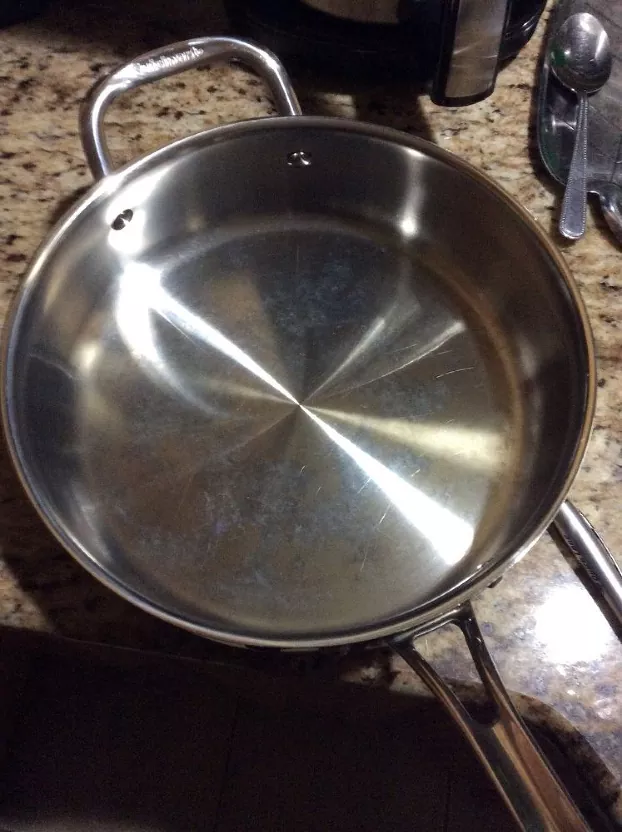


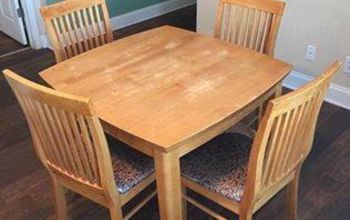
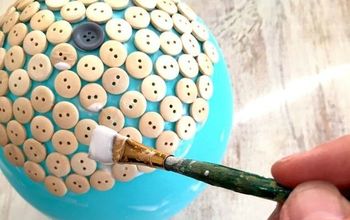
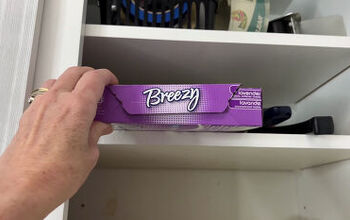




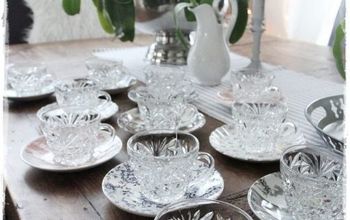
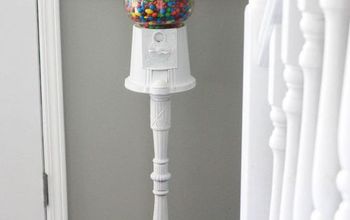
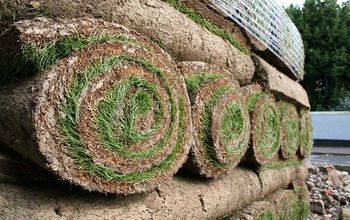

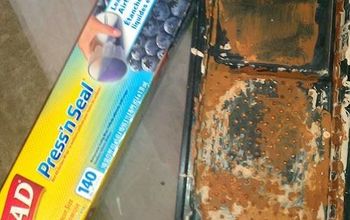
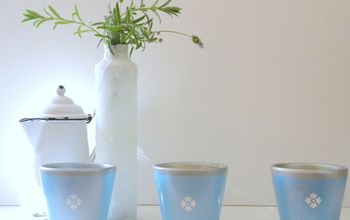
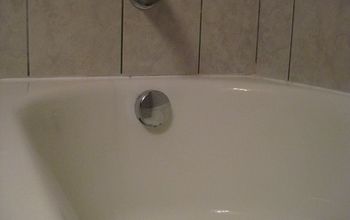





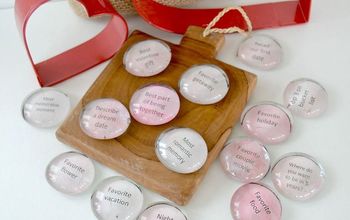
Frequently asked questions
Have a question about this project?